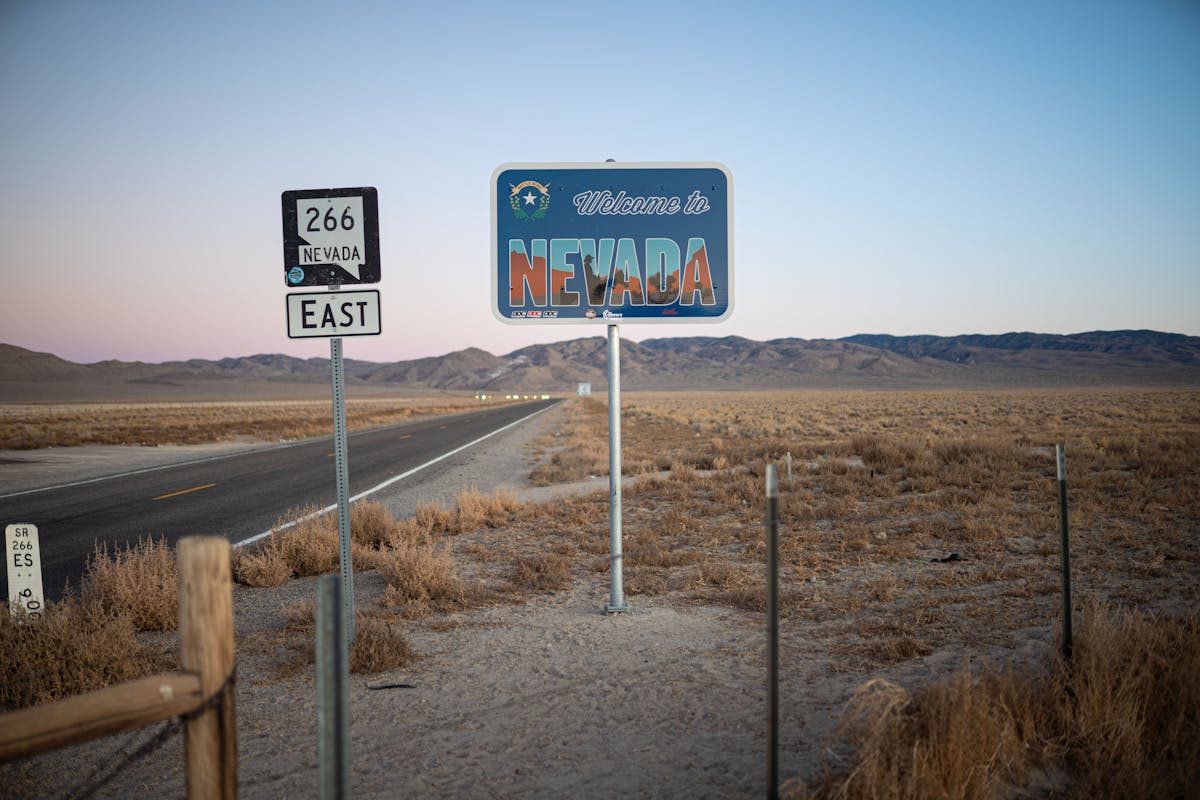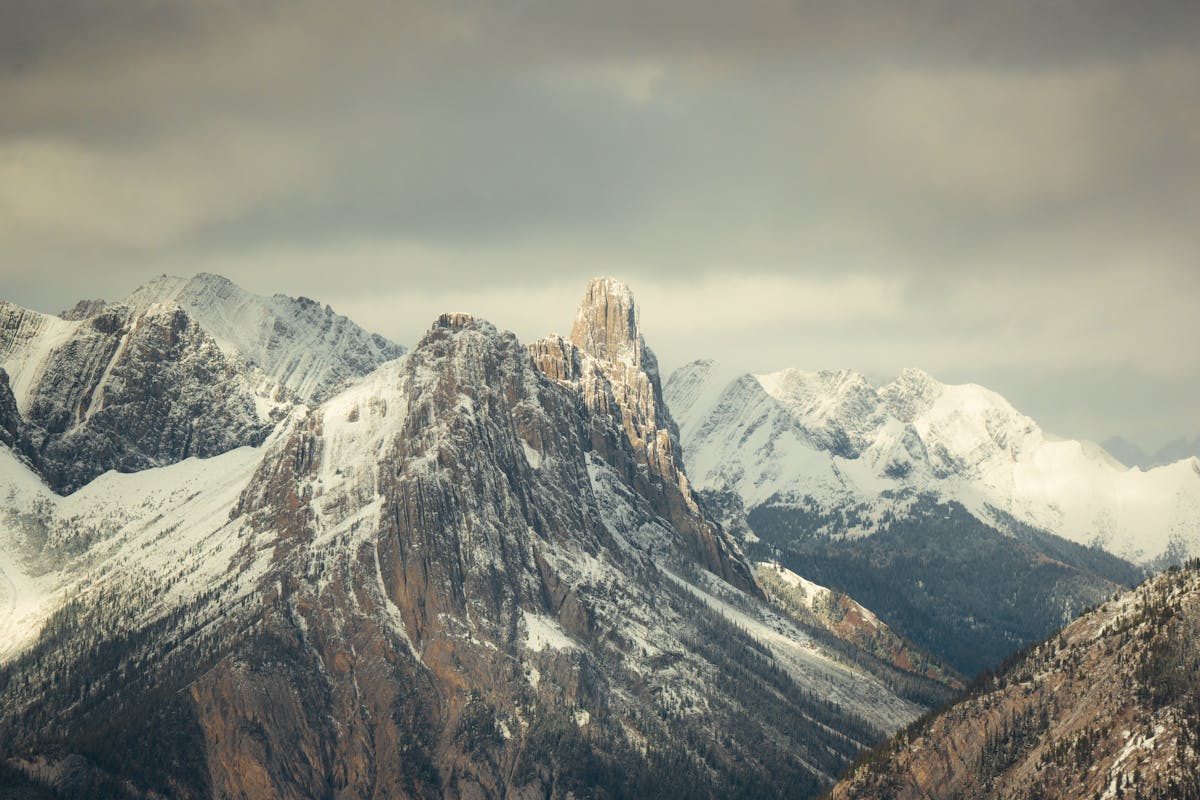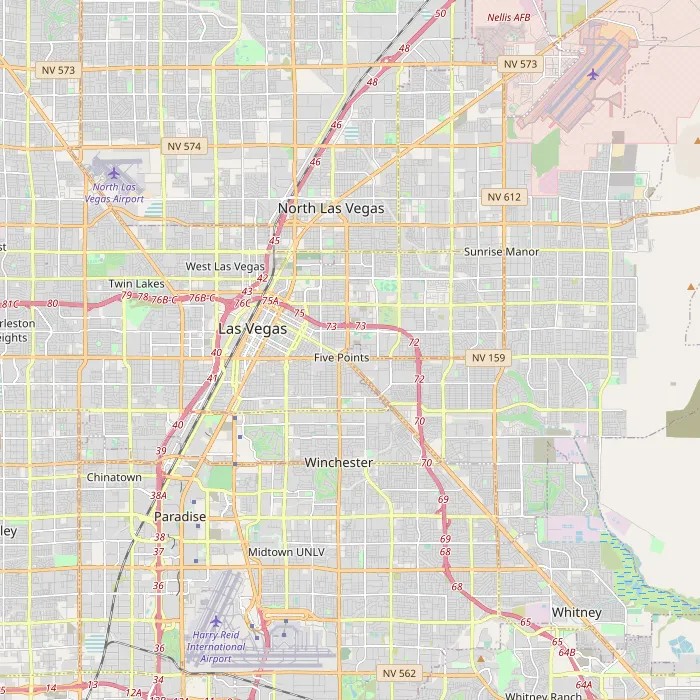Las Vegas – the name conjures images of glittering lights, world-class entertainment, and non-stop excitement. Millions flock to this desert oasis every year, seeking thrills and unforgettable experiences. But beyond the dazzling facade of the Strip lies a unique environment shaped profoundly by its arid setting. Understanding the climate in las vegas nevada is absolutely essential for planning your perfect trip, ensuring you pack correctly, and choosing the best time to enjoy everything this dynamic city and its surroundings have to offer.
As someone who loves exploring destinations through their natural elements, diving into the weather patterns here reveals a fascinating aspect of what makes Vegas, well, Vegas. Let’s uncover what you can expect from the skies above Southern Nevada throughout the year. If you’re planning a broader Nevada adventure, understanding the diverse conditions across the state is key to enjoying all the places to visit in nevada.
The Desert Reality: What Defines the climate in las vegas nevada?
At its core, the climate in las vegas nevada is characterized as a hot desert climate (Köppen: BWh). This means low humidity, very hot summers, mild winters, and minimal precipitation. Situated in the Mojave Desert, Las Vegas experiences an abundance of sunshine year-round. While the city’s indoor attractions offer refuge from the elements, anyone planning outdoor activities, exploring the nearby natural wonders, or even just walking the vast distances on the Strip needs to be prepared for the intense sun and temperature fluctuations unique to this region.

Summer’s Intense Heat (June – August)
Summer in Las Vegas is synonymous with heat – and not just warm, but truly hot. Daytime temperatures routinely soar above 100°F (38°C), often reaching 110°F (43°C) or higher in July and August. The low humidity makes the dry heat feel different than humid climates, but it’s still extreme and requires caution. This is the season for pool parties, air-conditioned casinos, indoor shows, and venturing out primarily during the cooler (relatively speaking) late evenings and nights. Early mornings can be pleasant for a short time, but the heat builds quickly.
Mild and Pleasant Winters (December – February)
In stark contrast to the scorching summers, the climate in las vegas nevada during winter is surprisingly mild and often quite pleasant for visitors. Daytime temperatures typically range from the high 50s to low 60s °F (14-18°C). Nights can be cool, dropping into the 30s or 40s °F (single digits °C), sometimes requiring a medium-weight coat. Snow is a rare event in the city itself, though the mountains surrounding the valley may see snowfall. This is an excellent time for exploring the Strip on foot without overheating, visiting outdoor attractions, or taking day trips to nearby parks like Red Rock Canyon or the Valley of Fire, where hiking is much more comfortable than in summer.
The Delightful Shoulder Seasons: Spring and Fall
Many consider spring (March – May) and fall (September – November) to offer the most ideal climate in las vegas nevada for visiting.
- Spring: As temperatures rise from the winter lows, the desert comes alive. Daytime highs in spring range from the 70s to 90s °F (21-32°C). The weather is generally sunny and comfortable, perfect for exploring outdoors before the intense summer heat arrives.
- Fall: After the summer extreme, temperatures begin to moderate in September, dropping into the 80s and 70s °F (27-21°C) through October and November. Fall offers beautifully clear skies and comfortable conditions, making it another prime time for outdoor activities and enjoying the city without the thermal extremes.
These shoulder seasons strike a fantastic balance, providing warm but not unbearable temperatures suitable for a wide range of activities, from poolside relaxation to desert exploration.
Seasonal Activities and Experiences Under the Vegas Sky
The varying climate in las vegas nevada dictates the rhythm of activities.

Summer Strategies: Beat the Heat Indoors
When the mercury climbs, life moves indoors. Summer in Vegas is all about:
- Pool Culture: While it’s hot, hotel pools become essential. Lounging in or by the water is the primary daytime activity.
- Indoor Entertainment: Catching shows, exploring casinos, shopping, visiting museums, and dining at world-class restaurants are perfect ways to spend the hottest hours.
- Evening Exploration: As the sun sets and temperatures drop slightly, the Strip comes alive. Evening walks, patio dining (with misters!), and rooftop bars become more appealing.
Winter Wonders: Comfortably Outdoors
Winter’s mild temperatures open up different possibilities:
- Exploring the Strip on Foot: Walking the entire length of the Strip is much more feasible when it’s 60°F instead of 105°F.
- Hiking and Nature: This is the prime season for visiting nearby natural areas like Red Rock Canyon National Conservation Area or Valley of Fire State Park. The landscapes are stunning, and the temperatures are ideal for hiking and photography.
- Outdoor Events: Golfing, outdoor concerts, and festivals are often scheduled during the cooler months.
Spring & Fall: The Best of Both Worlds
These seasons offer the most flexibility:
- Enjoy comfortable daytime temperatures for outdoor activities like hiking, cycling, and exploring.
- Pools are still a viable and enjoyable option.
- Outdoor patios and rooftop venues are perfect for evening relaxation.
- Many major events, conventions, and festivals are scheduled during these pleasant months.
Packing Smart for the climate in las vegas nevada
Given the significant temperature swings and the intense sun, smart packing is key for your Vegas trip.
- Summer: Lightweight, breathable clothing is a must. Think cotton, linen, and moisture-wicking fabrics. A wide-brimmed hat, sunglasses, and high SPF sunscreen are non-negotiable. Evenings can still be very warm, but a light cover-up might be needed indoors due to air conditioning. Don’t forget swimwear!
- Winter: Layers are your friend. Pack jeans, long-sleeved shirts, sweaters, and a medium-weight jacket or coat for evenings and cooler days. Scarves and gloves might be needed on particularly chilly nights or for early morning outings.
- Spring/Fall: Layering is also best. Pack a mix of shorts, pants, t-shirts, and light long-sleeved shirts. A jacket or sweater for cooler evenings is recommended. Sun protection remains important.
Comfortable walking shoes are essential year-round, as you’ll likely be doing a lot of walking, regardless of the season.
Beyond the Strip: Climate’s Impact on Surrounding Areas
While we focus on the climate in las vegas nevada, it’s worth noting that conditions can vary in other parts of the state. Higher elevations experience cooler temperatures, and areas further north like carson city nevada climate will have a distinctly different climate pattern with more pronounced seasons, including colder winters and less extreme summer heat compared to the desert floor of Southern Nevada. Conversely, lower-lying areas or those further south in the desert can experience even more intense heat. For instance, understanding the mesquite nv record high temperature gives perspective on the regional extremes possible in Southern Nevada.
 Geographic map showing weather data points influencing understanding the climate in Las Vegas, Nevada region.
Geographic map showing weather data points influencing understanding the climate in Las Vegas, Nevada region.
Understanding these regional differences is important if your Nevada travels take you beyond the immediate Las Vegas valley.
Making the Most of Your Vegas Trip Regardless of the climate in las vegas nevada
While the climate significantly influences outdoor activities, the beauty of Las Vegas lies in its ability to entertain regardless of the weather outside. The vast majority of attractions, casinos, shows, and restaurants are located indoors within climate-controlled environments. So, even if you visit during the peak of summer heat or a rare chilly winter day, there’s always something incredible to see and do.
The key is preparation and planning. Check the forecast before you go, pack appropriately for the season, and build flexibility into your itinerary. Embrace the season you’re visiting – if it’s summer, plan for lots of pool time and indoor exploration. If it’s winter, take advantage of the perfect weather for hiking and walking.
In the end, the climate in las vegas nevada is just another fascinating layer of this complex and exciting destination. It shapes the landscape, influences the local lifestyle (even indoors!), and adds another element to consider when planning your adventure. By understanding the desert’s temperament, you can ensure your visit is comfortable, safe, and utterly unforgettable.
